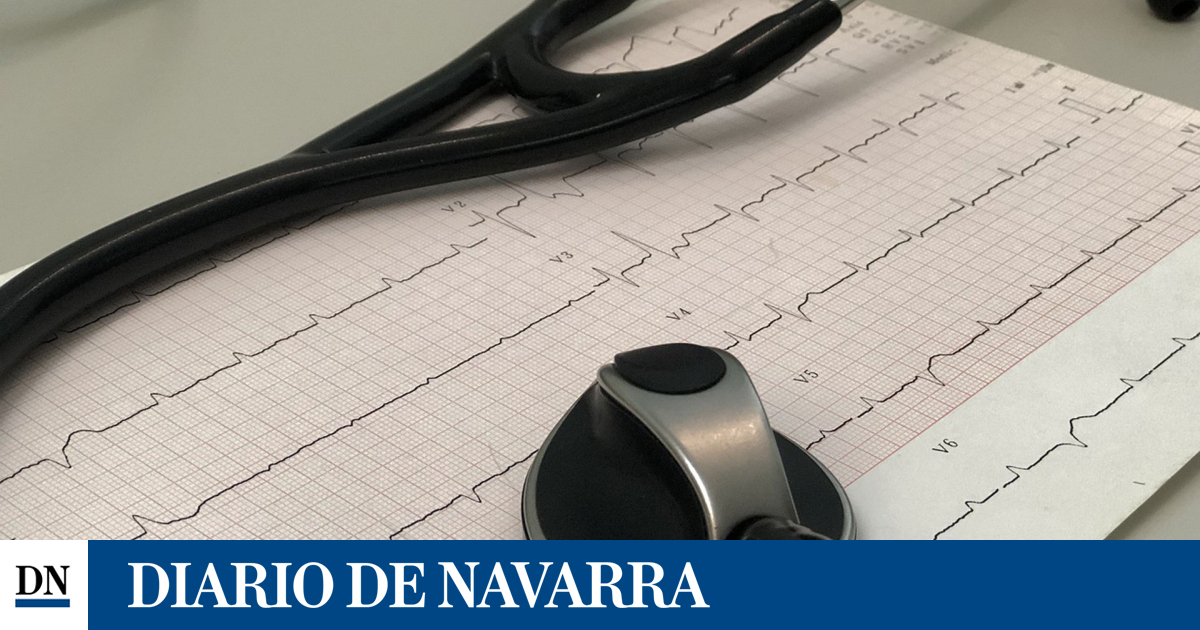They identify for the first time the risk of dilated cardiomyopathy in genetic carriers.

dilated cardiomyopathyThe condition, in which the heart enlarges and loses its ability to pump blood, is the most common cause of heart failure in young people and leading cause of transplantation in the world. In addition, these patients often suffer from arrhythmias and sudden death.
In approximately 30-40% of patients, the disease is due to a genetic change.. In these cases, the patient’s relatives can be studied to determine whether they have inherited the genetic change.
Relatives who inherit the genetic change have a higher risk of developing the disease in the future. and this is why periodic screenings are recommended to determine when they develop heart disease and when they should begin pharmacological treatment to treat the disease.
However, it is unknown how often family members who are genetic carriers develop the disease, at what age it will be triggered, and whether there are factors that help identify those who will develop the disease in the short term and therefore need to be monitored. closer.
Now the research is led Pablo Garcia-PaviaInvestigator at the National Center for Cardiovascular Research (CNIC) and Leader of the CIBER Cardiovascular Research Group (CIBERCV), first established the possibility of developing dilated cardiomyopathy in patients with genetic changes which cause the disease.
The study, published in the Journal of the American College of Cardiology, involved 25 Spanish hospitals and collected data from more than 779 people from 300 different families who were carriers of the genetic change but had no evidence of the disease. disease.
The researchers found that after an average follow-up of 37 months, nearly 11% of carriers developed the disease.
The study also found that the progression of the disease varied depending on the type of genetic changes that patients had.
“We found that patients who developed the disease were more likely to have certain specific characteristics, such as older age, changes in the electrocardiogram, and a larger heart with less pumping force, although within normal limits,” Garcia-Pavia explains.
“Patients with genetic changes in sarcomeric genes or those who showed fibrosis on cardiac MRI were at greater risk of developing cardiovascular disease.“, Add.
For her part, Eva Cabrera, a cardiologist at the Puerta de Hierro Hospital and the first signatory of the document, believes that these results will allow for more personalized monitoring of genetic carriers who do not show signs of the disease.
Until now, monitoring of carrier patients has consisted of annual or biennial reviews, but now “we will be able to individualize follow-up visits. For example, distributing them for those patients who do not have risk parameters, and, on the other hand, reducing them for those who show signs of increased risk,” says Cabrera.